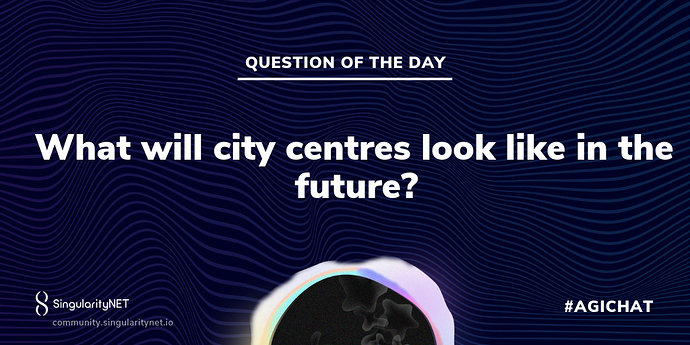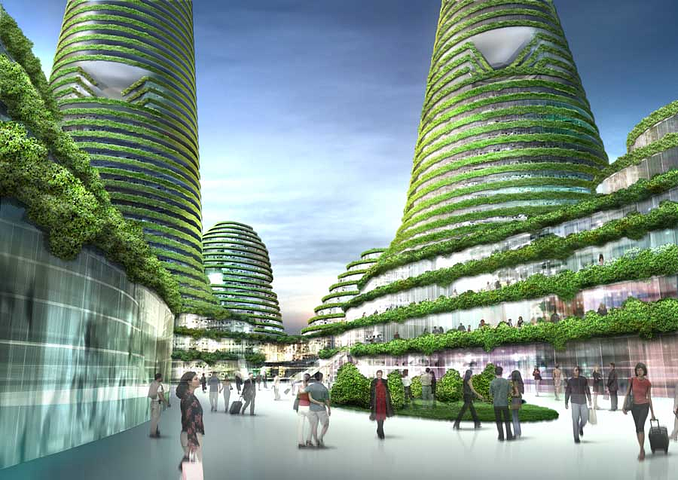City centres around the world could be on the cusp of the biggest change since the industrial revolution.
As the 20th century unfolded, cities in the developed world evolved from an industrial base into commercial activity. Much as the early 20th century at the beginning of the 21st century the meaning of what a city is and how it functions is changing.
The demand for city centre commercial spaces outside capital cities has fallen due to an increase in flexible working patterns, the interconnectivity of work based systems, online shopping and primary smart online public services.
At the epicentre of our Cities is the High Street, previously hustling bustling market spaces where citizens would need to go to purchase their goods and businesses needed to succeed to ensure their survival. Just as these spaces are at the epicentre of a city, they are also experiencing seismic changes as a result of technological advance.
Convenience, automation of transportation systems, bringing nature into our urbanisation, increasing our sense of community and wellbeing seem to be at the forefront of all the technological advances occurring within the smart city.
Cities need to cater to a new balance of ‘live-work-play’ alongside technology-enabled shopping in great urban places. This also needs to be throughout the day, evening and night, as people work in ever more flexible time frames. Smart thinking, innovation and a holistic approach can take our city centres forward as places where people want to live, spend time and for new businesses to innovate and invest.
Given all the changes and the possibilities, what do you think city centres look like in the future?
#AGICHAT #futurism #artificialintelligence #debate #singularitynet #emergingtechnologies #futureofcities #decentralisation #dao


